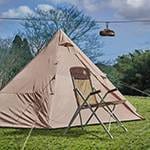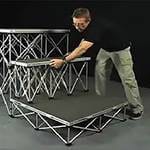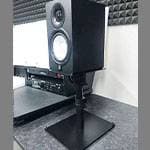
This might be a bit off-topic from the main focus of this blog, but I can’t count how many times I’ve heard guitarists (and bassists) say the same thing the moment they pick up a violin or cello: “It’s hard because there are no frets.” Comments like “It’d be so much easier if it had frets,” “Why don’t they just put frets on it?” “I can’t get the intonation right,” or “I can play a fretless bass though” come flying out one after another. I’m pretty sure there must be at least ten million guitarists (and bassists) around the world saying whatever they please about this.
Wait! If I were to make a violin with frets, would those ten million guitarists (and bassists) all rush out to buy it? If that thought suddenly struck me and I started building one today, would my name be known around the world in ten years? Probably not.
Snapping out of that little fantasy, I’m trying to get back to writing this blog seriously, but let me tell you, the fingerboard is one of the hardest topics to write about. This is why I ended up with such a silly introduction. If we shift to a more classical perspective, there are bowed string instruments with frets, like the arpeggione and the viola da gamba. I’ve even personally experimented with building a bowed guitar called the Arco Guitar.
These instruments all have frets. The viola da gamba still has an active community of performers today, especially in the early music world, while the arpeggione is more of a historical curiosity. It existed only briefly in Schubert’s time. Still, Schubert was intrigued enough by the instrument to compose the beautiful “Arpeggione Sonata”. There’s even a theory that he suggested the idea for the instrument to its maker, Stauffer. It’s a classic example of how new instruments can inspire new music.
Today, the piece is most often played on cello or viola, but I encourage you to listen to the legendary performance by Mischa Maisky on cello and Martha Argerich on piano, who are two true masters.
■ F. Schubert - Sonata D 821 "Arpeggione" – Mischa Maisky(cello) Martha Argerich(Piano)
These instruments may have frets, but if you’re wondering whether that makes intonation “easier,” as I suggested in the opening, the answer is a clear NO. Frets can impose certain limits on pitch, but they aren’t parts that guarantee accurate intonation.
And that’s exactly the main reason why violins don’t have frets on their fingerboards.
Intonation, at its core, is something entrusted to the performer, wouldn’t you say?



(Left) Arco Guitar (circa 2013, prototype photo from the author’s collection)
(Center) Arpeggione (reconstructed instrument based on Alfred Lessing’s 1968 design), CC BY-SA 4.0 (via Wikipedia)
(Right) Viola da gamba (date unknown), CC BY-SA 3.0 (via Wikipedia)
Just look at the elegant curves of the gamba... it really makes you really think about how great the artisans of the past truly were. It’s the kind of craftsmanship that leaves you awestruck.
Now then, let’s wrap up the idle chatter and get back to the main topic of this blog: how to get a good sound out of a cheap violin. Specifically, I would like to talk a bit about the condition of the violin fingerboard.


(up) Front side of a violin fingerboard (partially manufactured, ebony) / (down) Back side
(Left) Front side of a violin fingerboard (partially manufactured, ebony) / (Right) Back side
This is a piece of ebony used for a fingerboard before final shaping. To be more precise, it’s not pure black genuine ebony but it’s what’s known as striped ebony. Sometimes people see the lighter streaks and assume, “This can’t be ebony,” but rest assured—it is.


On the underside near the higher positions, some material has been carved away.
By the way, the violin model I’ve been discussing throughout this blog, the PLAYTECH PVN244, uses a dyed fingerboard.
PLAYTECH (PVN244) Violin 4/4 Size
The PLAYTECH PVN344 and PVN544 models come with ebony fingerboards.
PLAYTECH PVN544 Outfit Violin Set 4/4
■ About the Fingerboard Radius (R)

(“R” is read just as the letter "R" in Japanese as well)
On both the nut and the high position areas, the violin’s fingerboard has a curved surface, or a radius, just like the bridge does, since the instrument is played with a bow. However, the radius of the fingerboard doesn't necessarily have to match the radius of the bridge exactly. In practice, this is often left to the craftsperson’s intuition and experience.
In fact, many violin-making textbooks and instructional materials, whether from violin-making schools or articles on the subject, include diagrams specifying the fingerboard and bridge radii. These are used as references, and then fine adjustments are made by the technician while consulting with the player, depending on their preferences and playing style.
■ Fingerboard Condition in the Longitudinal Direction (Parallel to the Strings)
So, now that you understand that the surface of the fingerboard is curved (has a radius). But what about the longitudinal direction, the one running parallel to the strings? Is it supposed to be perfectly straight?
Actually, in the case of string instruments, it’s generally considered best for the fingerboard to be adjusted with what’s known as a “cornish” or “conical” shape.
To be honest, even though I’ve worked with this concept for decades, I’ve never actually looked into the origin of the word “cornish”. So, let’s ask our remarkable modern piece of technology—ChatGPT—and find out!
Author’s Question:
“In string instruments, the ‘cornish’ on the fingerboard refers to carving the fingerboard surface into a concave shape. What language does the term ‘cornish’ come from, and what does it mean by itself?”
ChatGPT’s Answer:

It turns out that the term “cornish” comes from the English word “cornish”, which itself is derived from the Latin word cornice.
Now, let’s move on to the star of this blog post, the PVN244.


Using a backing block, we check the condition of the fingerboard along its length.
So, how does the fingerboard on this PVN244 look… good or bad?

If it looks like this, it’s generally acceptable.
When showing this image to guitarists (and bassists), about 80% of them would probably say “It’s warped!” However, it’s not warped — this is how it’s intentionally finished.
To put it simply, the fingerboard surface is slightly concave lengthwise to create a small gap beneath the string.
This gap is desirable because it helps reduce unwanted buzzing when pressing the strings, which improves the sound quality.
Regarding this “cornish”, many experts and teachers have posted various articles online, and there are official publications as well. So, if you want to dive deeper into the subject, it might be interesting to research further on your own.
Originally, I wanted this blog post to tell a story of “this is no good, so I filed it and worked on it,” followed by “It’s fixed!” and “The sound has improved!” But since the fingerboard is already in good condition this time, I’ll leave it at that. What an easy and lazy blog post this is! Honestly, the fingerboard is really hard to make interesting.
One reason is that while the fingerboard has a curve (R), the strings are stretched in a radial direction. So, even if you place a straightedge along the highest point of the curve, it might not give the “correct” result. This is a matter that ultimately requires adjustment by feel.
I struggled with this issue when prototyping the Arco Guitar. Maybe if I had engineering skills, I could calculate the perfect solution, but in the end, I couldn’t solve this problem with my own abilities. Ultimately, the only way I found to reduce string buzz was to raise the string height slightly.
Here are my last two blogs about installing Wittner Fine-Tune Pegs:
⇒ “Replacing Violin Pegs: Installing Wittner Fine-Tune Pegs on My Instrument”
⇒ “Replacing Violin Pegs: Installing Wittner Fine-Tune Pegs on My Instrument, Part 2”
I also took photos of the fingerboard condition on the German-made instrument I used in those posts.

(1987 R.M. Paulus, my personal instrument)

The result is...
While it’s not outright bad, the area just under the G string could use a bit more sanding.
As you can see, regardless of price, the condition of violin (and other string instrument) fingerboards can vary quite a bit. It’s best to think of it within a certain acceptable range, and as long as you can play normally, it’s usually not a big problem. However, if you experience severe buzzing, repairs might be necessary. I do plan to fix this Paulus someday (hopefully while I’m still alive!).
Next time, we will finally get to talk about the sound post. See you then!





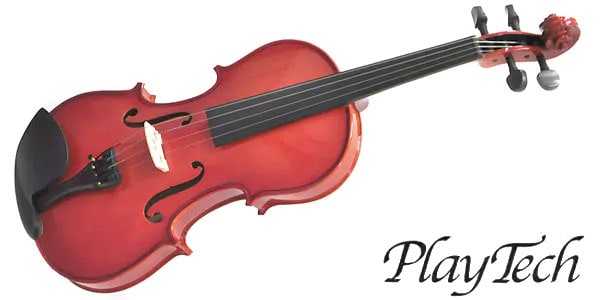
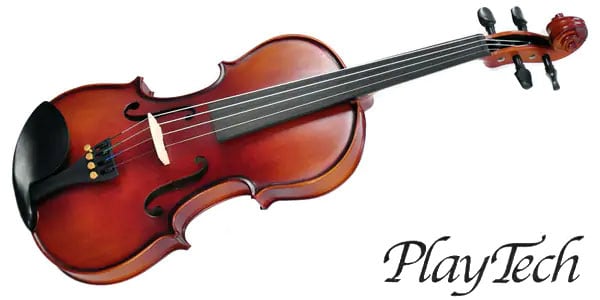
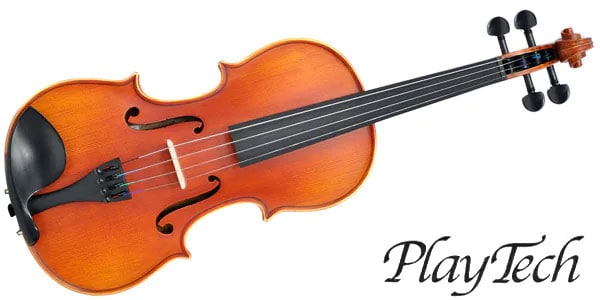




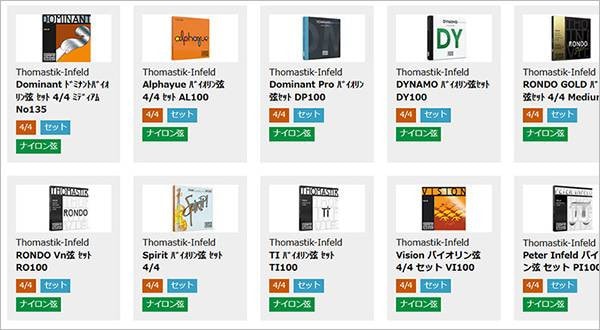
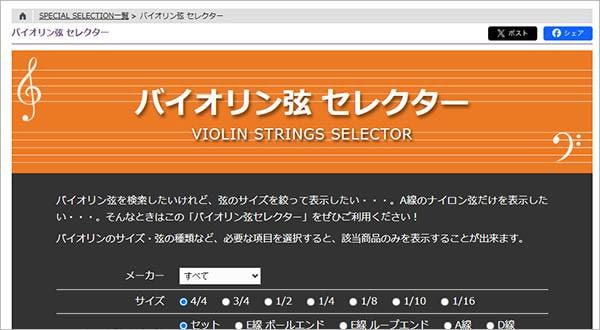
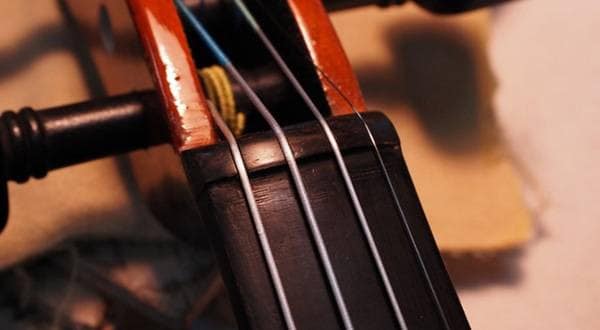
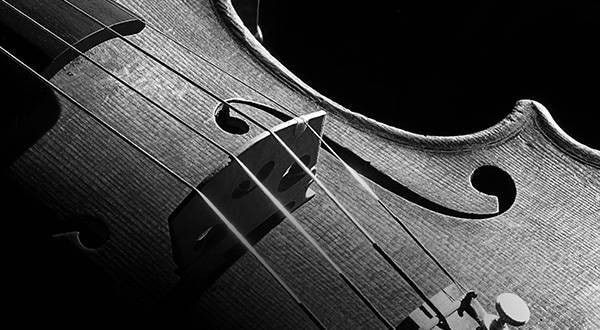
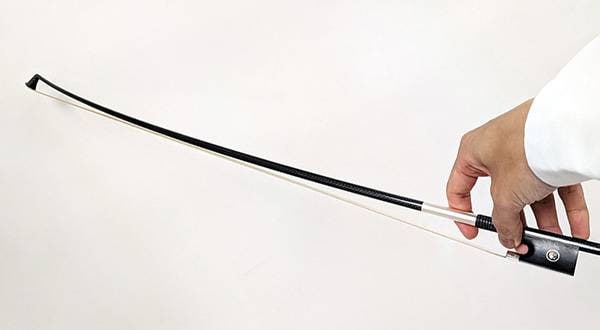
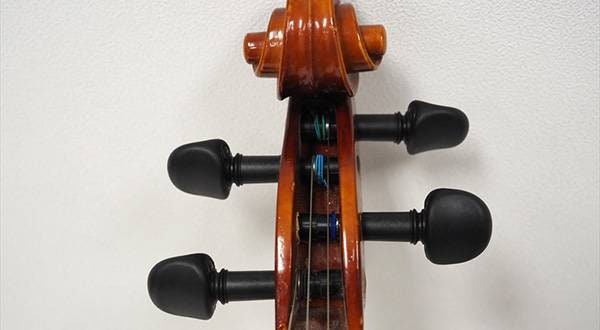
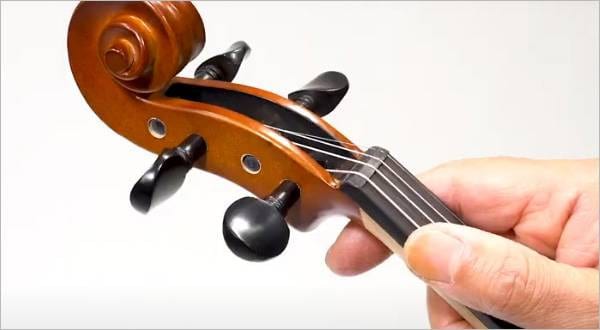
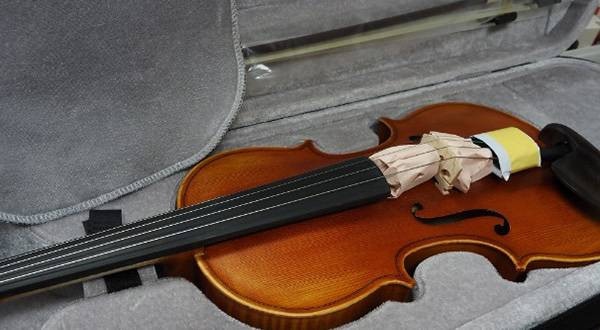
![[2023] 4 Most Popular PLAYTECH Violin Recommendations](/contents/uploads/thumbs/2/2022/10/20221029_2_19901_1.jpg)
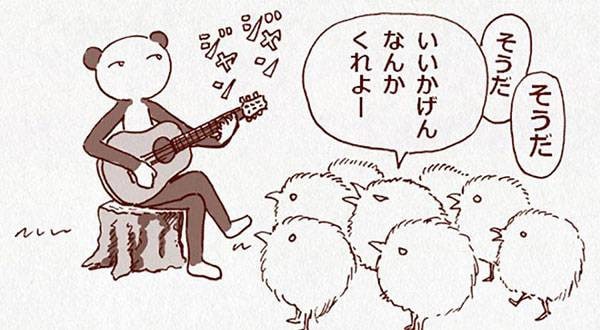
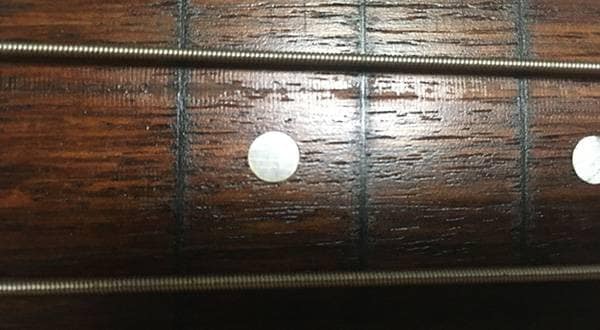
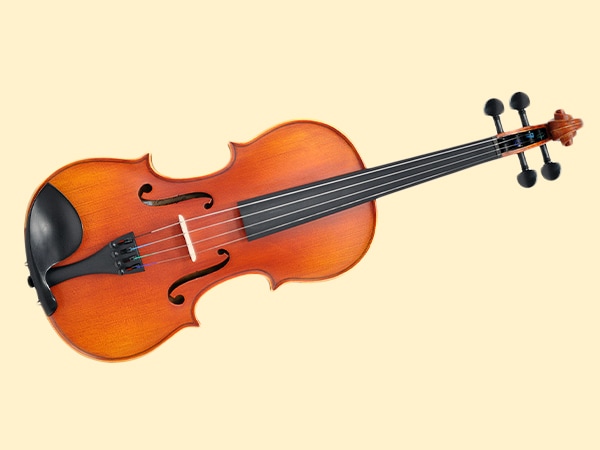 バイオリン 入門ガイド
バイオリン 入門ガイド
 バイオリン弦 セレクター
バイオリン弦 セレクター
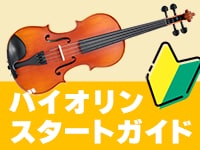 バイオリンスタートガイド
バイオリンスタートガイド
 バイオリンの手入れ
バイオリンの手入れ
 バイオリンの弦交換
バイオリンの弦交換
 バイオリンの調弦 チューニング
バイオリンの調弦 チューニング

